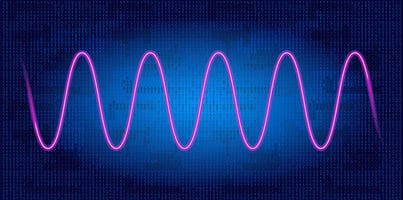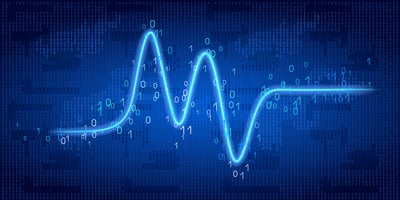RF power measurements have a hand in validating wireless designs, enhancing system efficiency and...
What Are 4 Must-know Concepts About Detecting RF Power?
RF power measurements rely on test equipment, such as peak power sensors, average power sensors, and RF power meters, to detect, capture, and analyze the power levels of wireless systems.
Watch our "RF & Microwave FAQ: Detecting RF Power" playlist for straightforward answers to four common RF power detection questions.
RF and microwave frequently asked questions featured in the playlist include:
Why is it necessary to measure the RF power of a system?
From radar to 5G communications networks, common use-cases that require measuring the RF power of a system include proof-of-design, satisfying regulatory specifications, adhering to safety limits to protect against the dangers of high-power RF radiation, system efficiency, and component protection.
How do diode detector-based RF test instruments measure RF power?
A diode-based power sensor uses high-frequency diodes to rectify the RF signal to a DC voltage signal. Proportional to the amplitude of the RF signal, this voltage is captured near the signal source. Instruments like an RF power meter can measure and scale the DC voltage to reveal desired power measurements. The relation between the DC voltage and power result depends on whether the diode operates in the square-law, transition, or linear region.
What is a peak power sensor?
Peak power sensors have a small smoothing capacitance and use a low-impedance load across the smoothing capacitors to discharge rapidly when the RF amplitude drops. This means that peak power sensors can deliver quick rise times and wide video bandwidths.
Peak power sensors have triggering capabilities, which allow them to synchronized pulse measurements. When choosing a peak power test solution, engineers should consider a sensor's video bandwidth to accurately track a signal's envelope power, rise time to capture a pulse's rising edge, time resolution to verify pulse shape and timing, and crest factor/statistical measurements to assess component linearity.
What is an average power sensor?
Average power sensors operate in the square-law region where the DC voltage output is closely proportional to the square of the applied RF voltage. These sensors, therefore, deliver accurate and reliable average power measurements despite the presence of modulation.
Video bandwidth and the ability to track a signal's profile are less of a concern when selecting an average power sensor, since these instruments are only used to measure average power over time and instantaneous envelope results are not required.



